
Nature
20:59, 10-Jan-2019
Representative flowers of DPRK
Updated
20:27, 13-Jan-2019
By Zhang Xinrui, Ding Qian
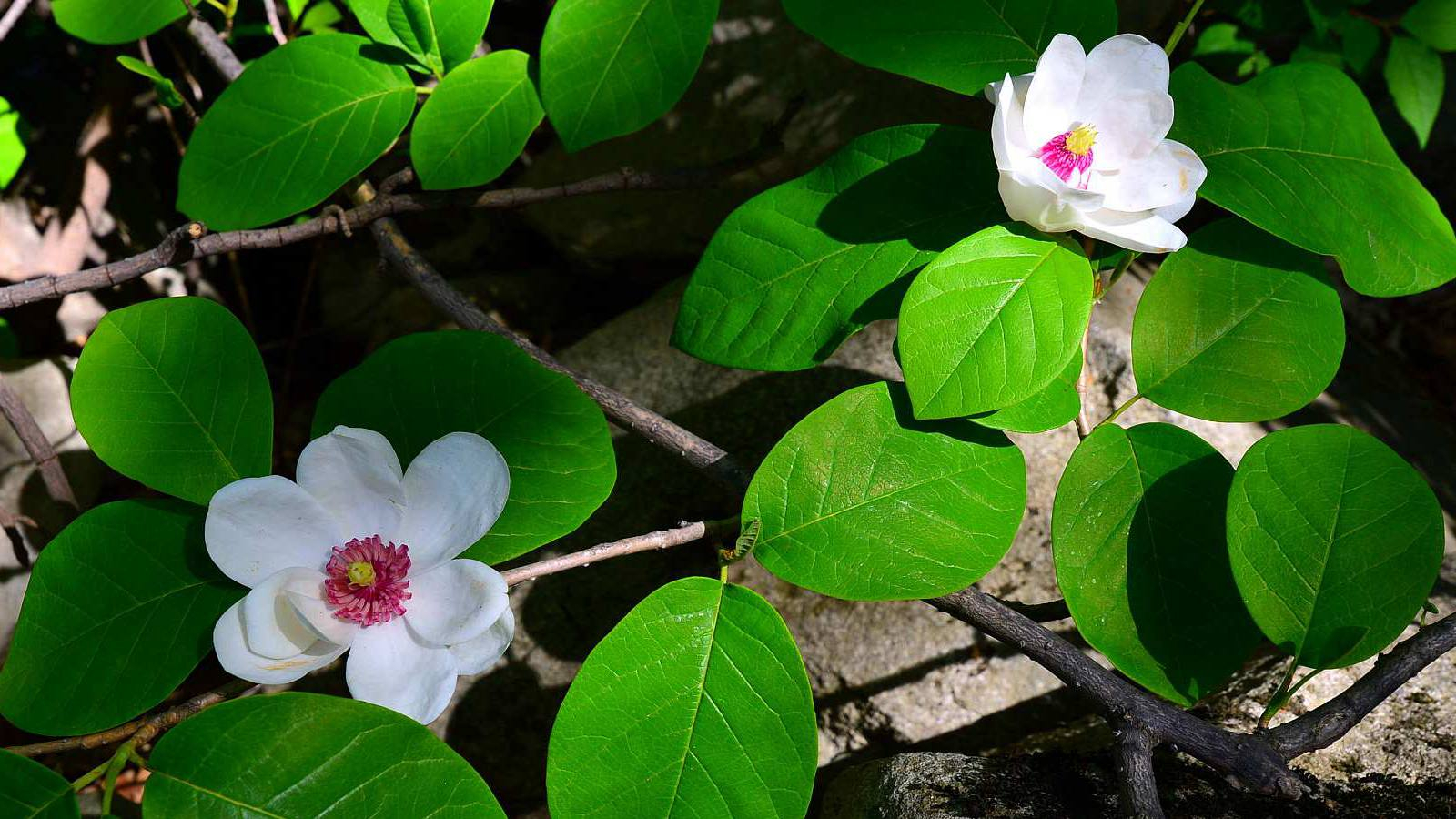
The Democratic People's Republic of Korea (DPRK) is a country with a variety of flora and fauna. This article features its three most popular flowers.
Magnolia sieboldii
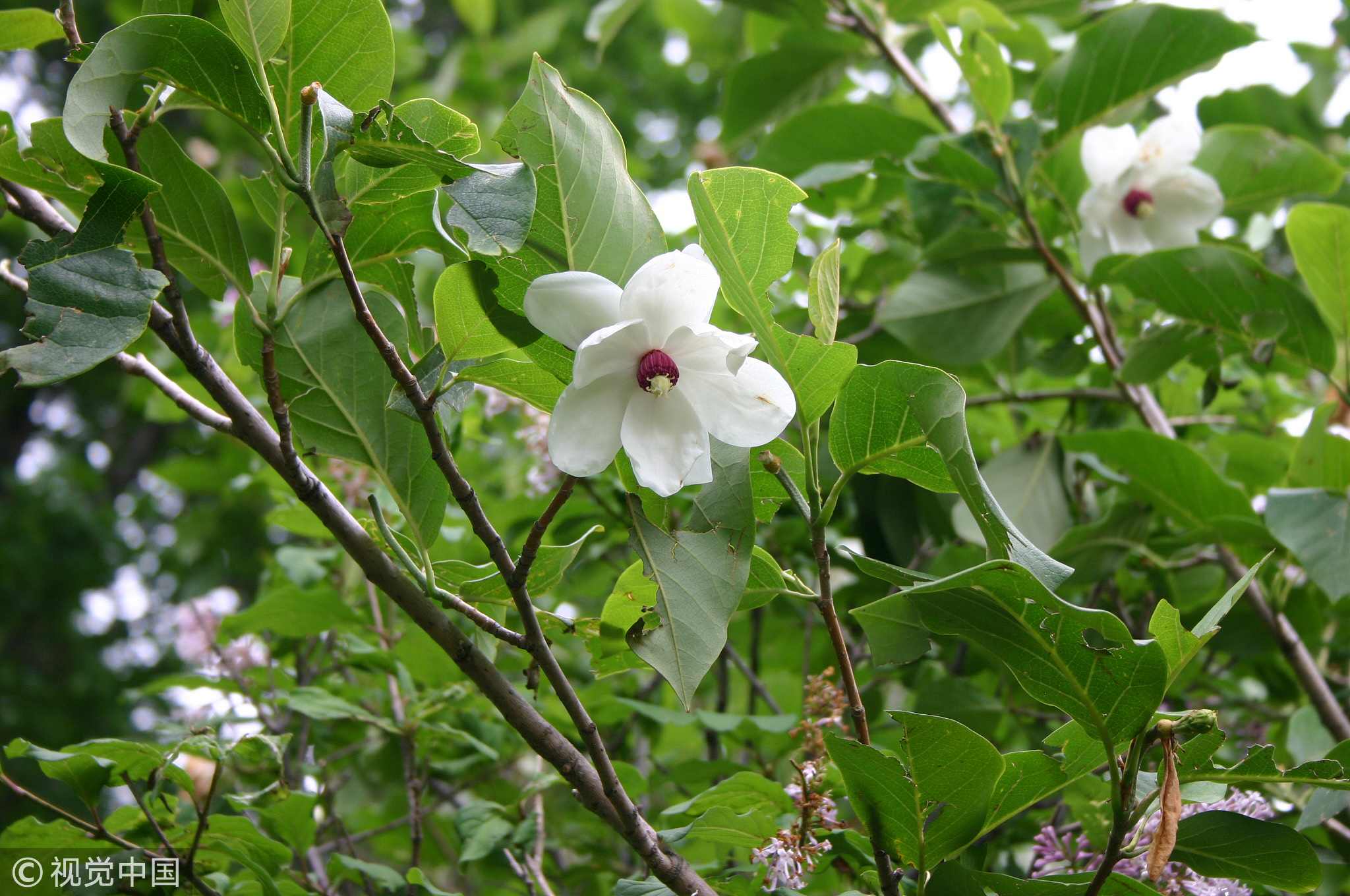
Magnolia sieboldii. /VCG Photo
Magnolia sieboldii. /VCG Photo
The national flower of the DPRK is magnolia sieboldii. It originates from eastern Asia. Magnolia sieboldii is a tall shrub or a small tree with the length of 5-10 meters. It grows lithe stems, branches and leaves; the leaves are elliptic (egg-shaped oval).
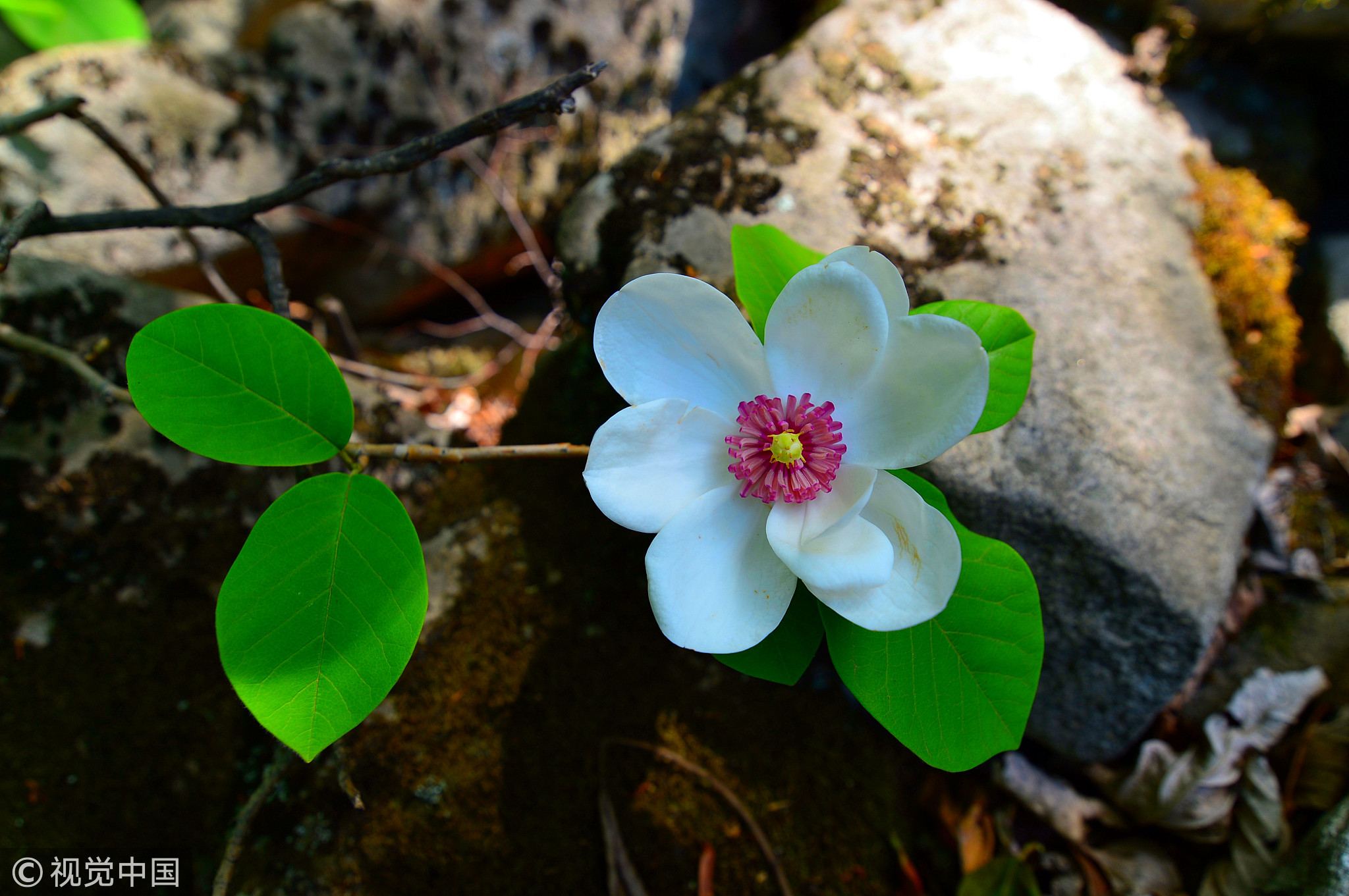
Magnolia sieboldii. /VCG Photo
Magnolia sieboldii. /VCG Photo
The magnolia sieboldii blossoms from the beginning to the end of summer, unlike the magnolia which blossoms in spring. The flowers droop in a ring; the diameter of which is between seven to ten centimeters consisting of 12 tepals. The outside petals are pure white and the inner petals are green. The stamen is purple or white.
Besides magnolia sieboldii, there are two significant kinds of orchid hybrids in the DPRK: Kimilsungia and Kimjongilia. They are unofficial national flowers of the country.
Kimilsungia
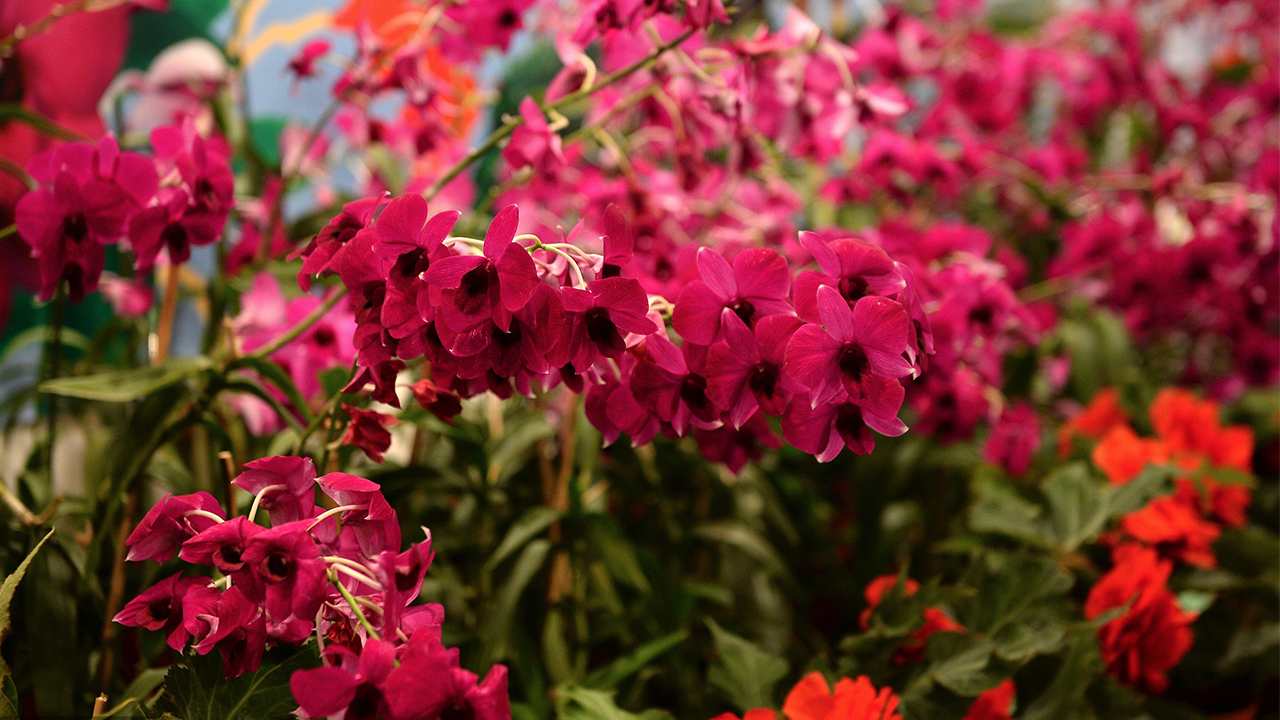
Kimilsungia flowers. /VCG Photo
Kimilsungia flowers. /VCG Photo
Kimilsungia is a clone of a plant, which has complicated systems of the orchid. It could reach a length of 30-70 meters. The leaves adhere to nodes alternately. There are 3-15 buds in each stem. Each flower has three petals and three calyces. The fluorescence can sustain 60-80 days in a year. The best growing conditions for Kimilsungia are 20-30 degrees Celsius in the daytime and 18-23 degrees Celsius at night.
It is named Kimilsungia because Kim II Sung, the founder of the DPRK, paused to appreciate a special flower during his visit at an arboretum in Indonesia. The flower has straight stems, open leaves and cool bright appearance.
Kimjongilia
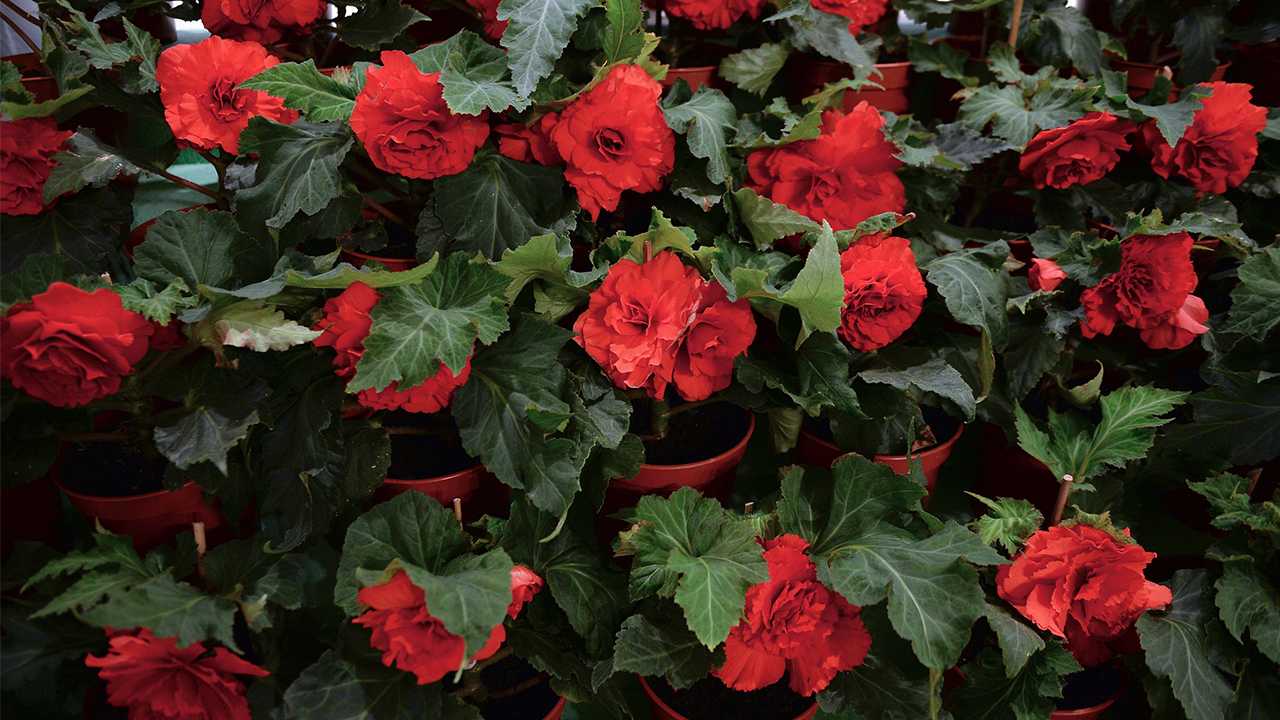
Kimjongilia flowers. /VCG Photo
Kimjongilia flowers. /VCG Photo
Kimjongilia was given the name after the death of Kim Jong Il, the late DPRK leader. This is begonia cultivated from mixed tubers. To memorialize the 46th birthday of Kim Jong Il in 1988, a Japanese botanist cultivated a new perennial begonia named “Kimjongilia,” which was “the symbol of friendship between the DPRK and Japan.” It represents wisdom, love, justice and peace.
It was designed to blossom every year on February 16, Kim Jong Il's birthday. Hence, Kimjongilia blossoms around the “Day of the Shining Star” on February 16.

SITEMAP
Copyright © 2018 CGTN. Beijing ICP prepared NO.16065310-3
Copyright © 2018 CGTN. Beijing ICP prepared NO.16065310-3